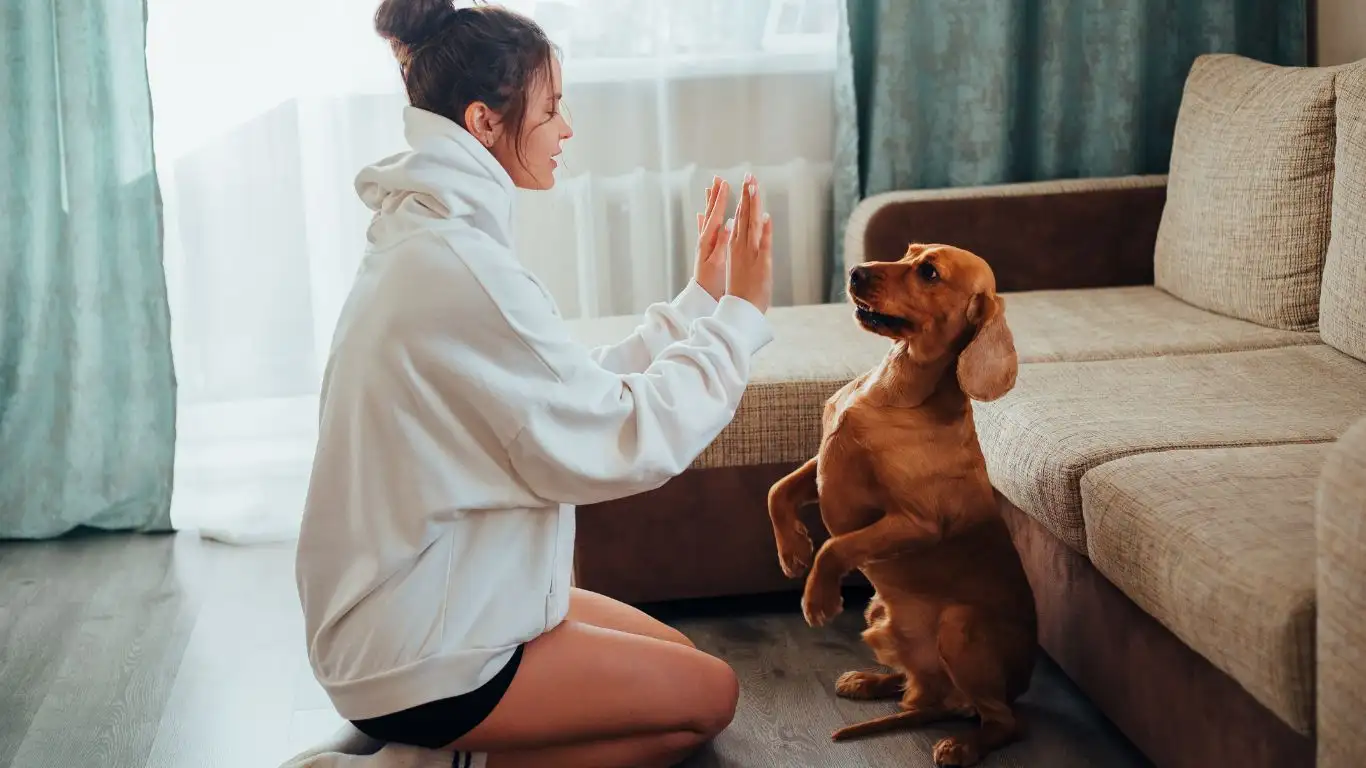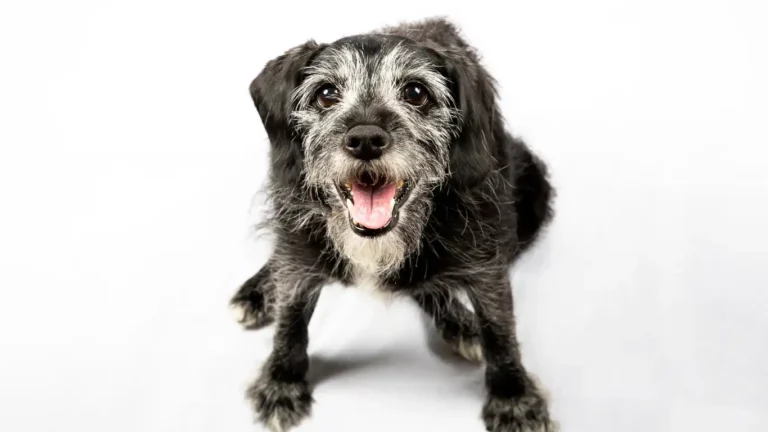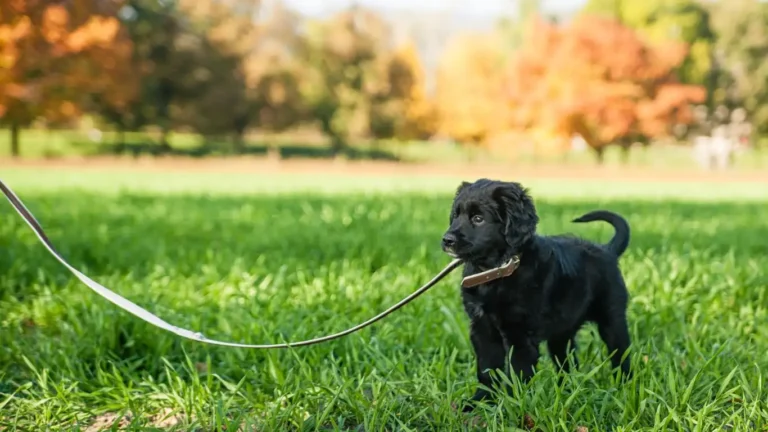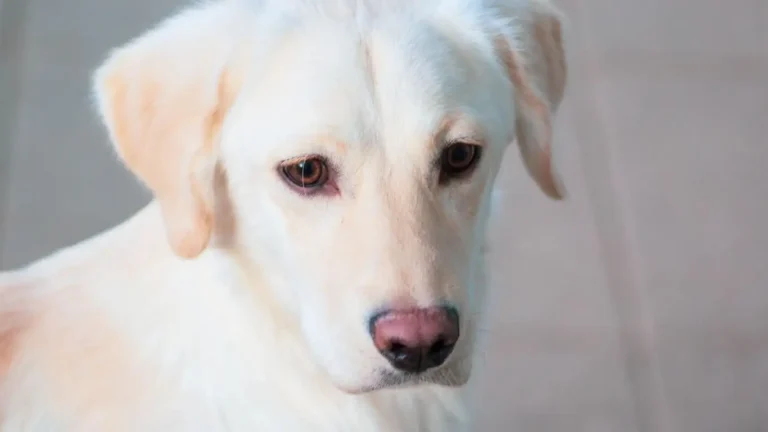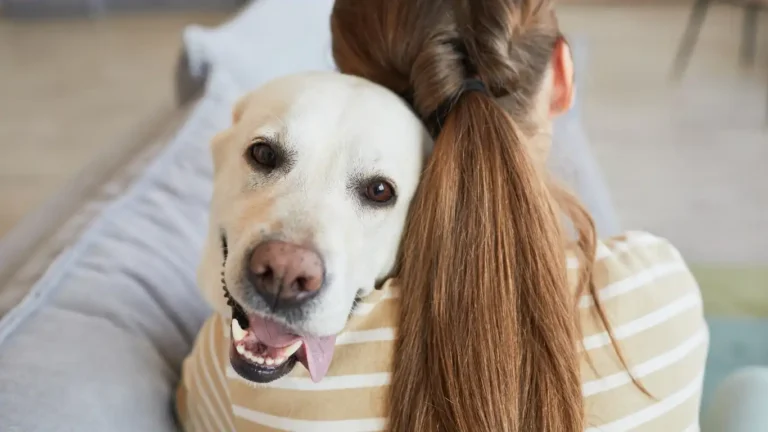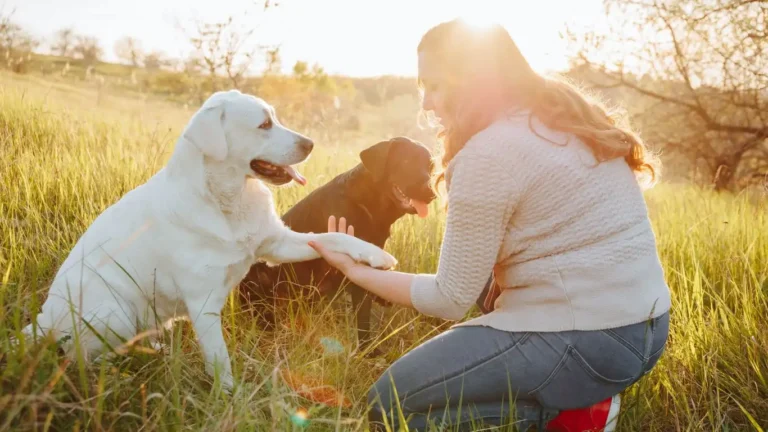How to Train a Dog to Recognize Their Own Toys Like a Pro
Training a dog to recognize their own toys is a rewarding experience that strengthens the bond between you and your furry friend. As a Canine-Assisted Therapy Trainer, I’ve seen firsthand how this kind of training can boost a dog’s confidence and mental stimulation. It’s not just about teaching them how to fetch, but rather helping them understand which toys are theirs, how to engage with them, and even how to clean up after themselves. This not only improves their focus but also adds an extra layer of fun to playtime. If you’re wondering how to train a dog to recognize their own toys, you’re in the right place! Let’s dive into the step-by-step process and some tips that will make it easier for both you and your dog.
Why Teaching Your Dog to Recognize Their Own Toys Is Important
When you train a dog to recognize their own toys, you’re doing more than just making playtime more enjoyable. This skill taps into a variety of positive behaviors, including focus, discipline, and mental stimulation. Dogs are naturally playful creatures, and toys serve as tools for entertainment and exercise. But if they can’t distinguish between their toys and others, it can lead to confusion or frustration, both for them and for you. That’s where recognizing their toys comes into play.
Let’s take a moment to think about how this can affect both of you. Imagine that you’re in a dog training class, and your dog is asked to retrieve a specific toy. If your dog can easily distinguish their own toys from others, the task becomes that much easier for them. The same principle applies at home. You’ll notice fewer instances of them grabbing the wrong toy, and you’ll get a sense of satisfaction watching them confidently play with what’s theirs.
Building the Foundation: What You’ll Need
Before you begin, it’s important to have a few things in place. These aren’t difficult to acquire, but having the right tools will help set you up for success.
- A selection of toys – The more toys you introduce, the more you can practice identifying them.
- Positive reinforcement – Use treats or verbal praise to reward good behavior.
- A quiet, distraction-free space – This will help your dog focus during training sessions.
- Patience and consistency – Like any training, this will take time, and consistency is key.

The First Step: Introducing the Concept of “Their Toy”
The first step in this training is to introduce the idea of “this is your toy.” The idea here is simple – you want your dog to learn that a specific object belongs to them and that they can engage with it when prompted. Start by choosing one toy that will be your dog’s primary focus. This should be a toy that’s distinct in shape or color to make it easier for your dog to differentiate it from others.
Start with a few short training sessions throughout the day. A 5–10-minute session is ideal for most dogs, as this keeps them engaged without overwhelming them.
Creating Association: “This is Your Toy”
During each session, hold up the toy and say its name. For example, if you’re using a blue ball, say, “Blue Ball, this is your toy!” while showing it to your dog. This will help build an association between the toy and the phrase, so your dog starts to understand which object is theirs. Use a calm, friendly tone so that the dog associates this with a positive experience.
At first, your dog might be confused. That’s okay! They won’t understand right away, but with repetition, they’ll start to realize that this toy belongs to them. Don’t worry if they get distracted – just gently refocus them and keep the sessions short and sweet. Consistency is key here.
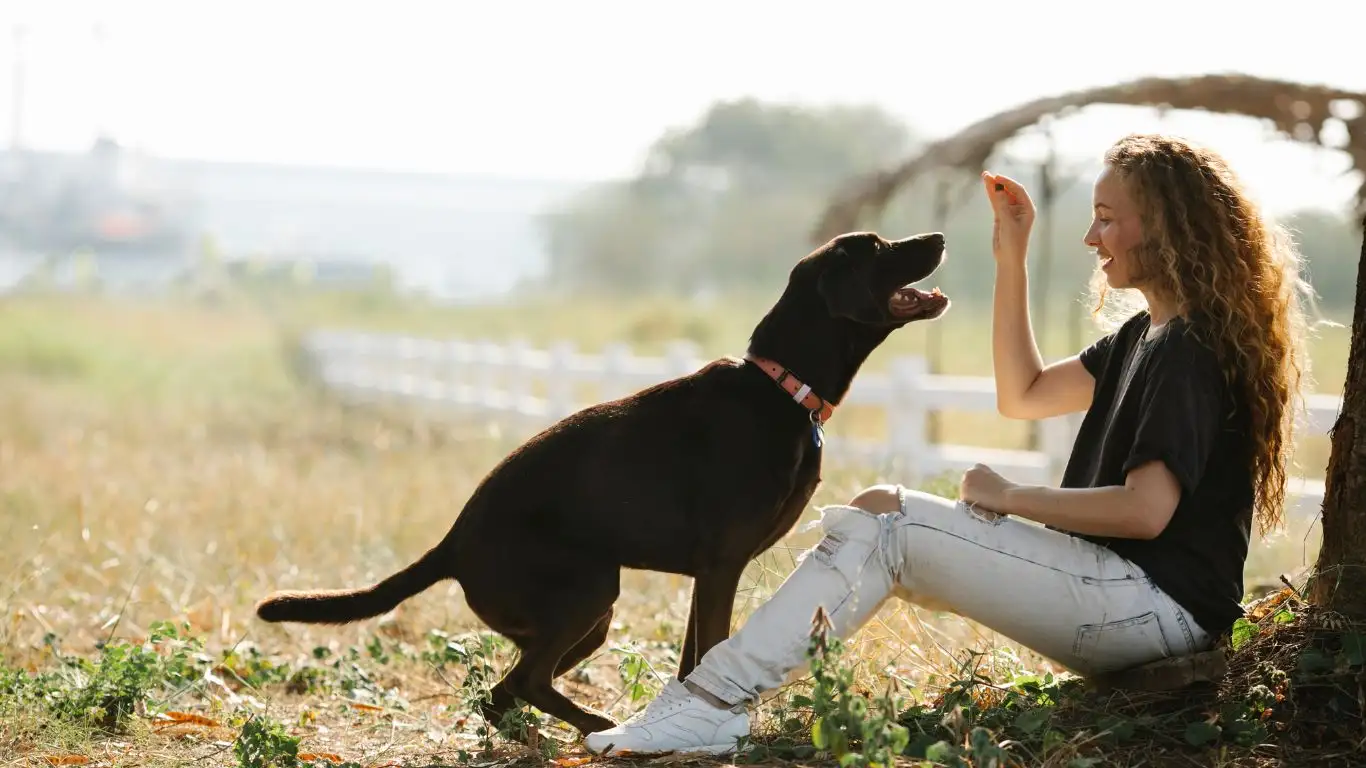
Reinforcing the Behavior with Positive Rewards
As you move through the sessions, make sure to offer rewards whenever your dog shows interest in the toy. This could be anything from a treat to a few moments of playtime. The more positive reinforcement they get, the more likely they are to associate the toy with something fun. Over time, you’ll see that your dog not only recognizes the toy but will also actively seek it out when prompted.
Keep in mind, that dogs learn at different rates. Some dogs may pick it up quickly, while others may need more practice. If you find that your dog is struggling, slow down the pace of your sessions. Patience is key – give them time to process and understand what you’re asking.
Taking It to the Next Level: Adding Other Toys to the Mix
Once your dog has consistently recognized their own toy, it’s time to introduce other toys into the training. The goal here is for your dog to differentiate between their toy and others. Start by adding one new toy at a time to the environment. Hold up the new toy and say, “This is not your toy,” while keeping their original toy nearby. This helps them understand that only one toy is theirs, and they need to focus on it.
Building Discrimination Skills
As your dog becomes familiar with this, you can start testing their ability to differentiate between the toys. Hold up their toy and ask them, “Where’s your toy?” In time, they should start to go directly to their toy when you ask. It’s all about building that mental connection, so stay positive and encourage them as they learn.
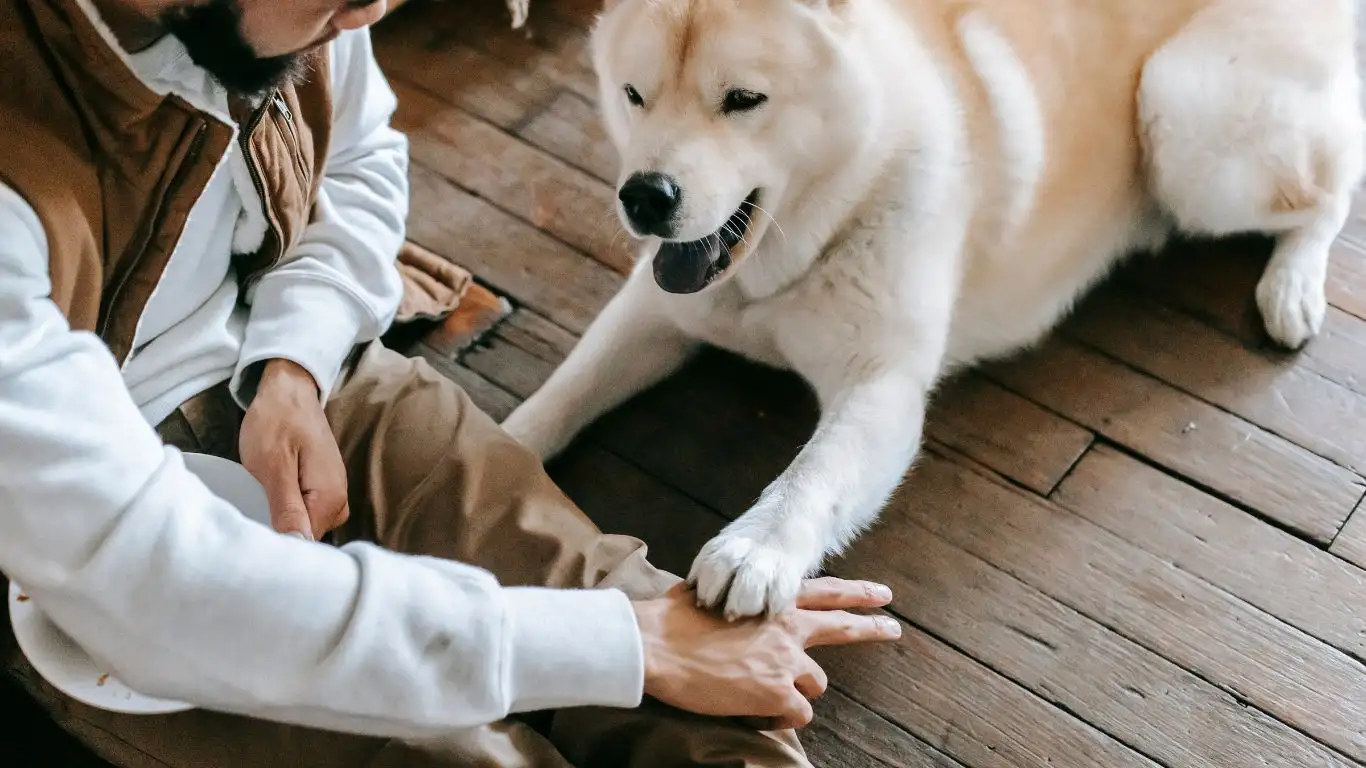
Expanding Your Dog’s Toy Recognition: Moving Beyond the Basics
Now that your dog has learned to recognize their own toy from a few different ones, it’s time to expand the training a bit. As a Canine-Assisted Therapy Trainer, I often tell my clients that success in dog training comes from making the experience as engaging as possible. The more excited and invested you both are, the more enjoyable the learning process becomes. The next step is to solidify their ability to identify and engage with their toys independently, even when there are distractions.
Introducing More Complex Commands
Once your dog has gotten the hang of identifying their toy among a few others, the next step is to add some complexity to the process. At this point, you can introduce more specific commands, such as “fetch your toy” or “bring me your ball.” These commands add a new level of focus and engagement for your dog. They’ll begin associating specific cues with actions, which is a great way to increase their mental stimulation.
For example, hold up the toy and say, “Where’s your ball?” When they go to the right toy, praise them with a cheerful, “Good job!” After repeating this for a few sessions, try giving the command from a different spot in the room, and then gradually add distractions like a doorbell or other sounds that might occur in a real-life setting. You can even use a mix of different types of toys to really test their ability to focus.
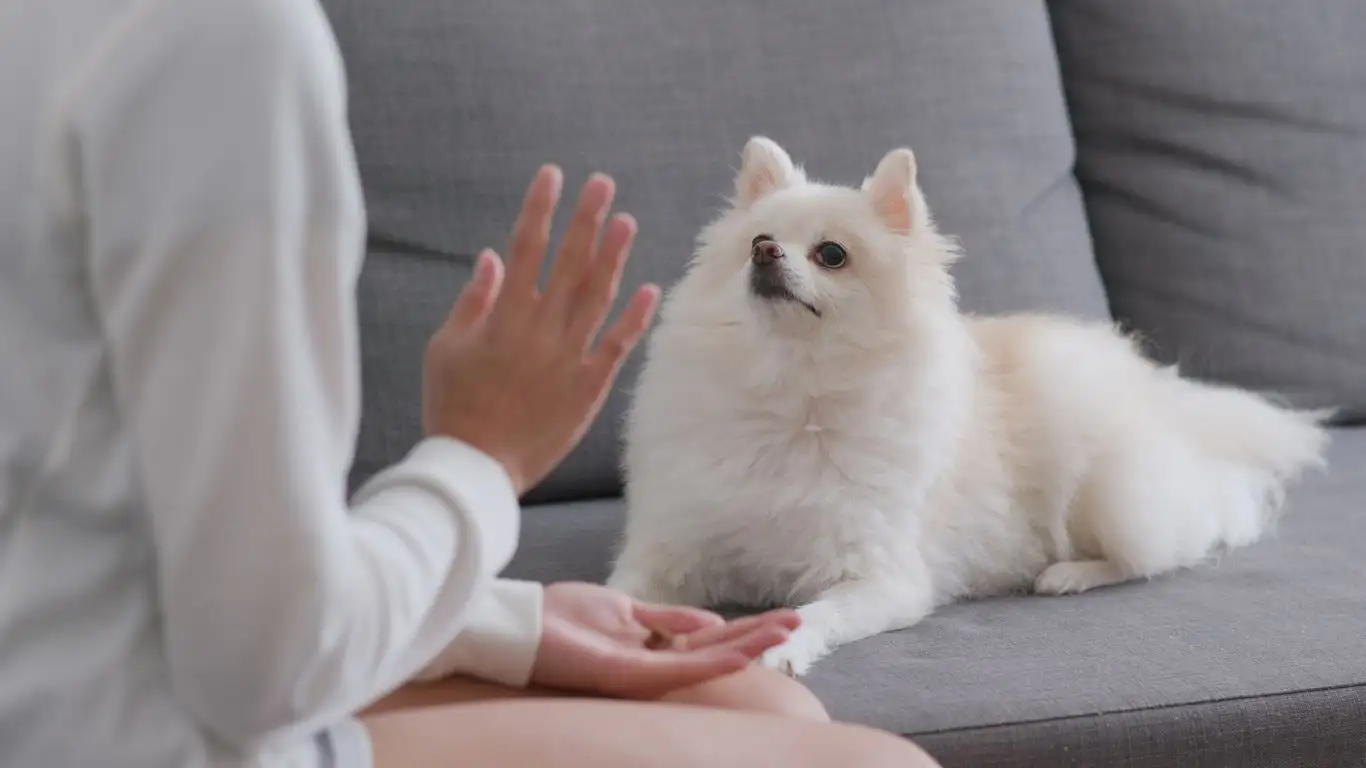
Training Your Dog to Clean Up Their Toys
As if knowing which toys are theirs wasn’t enough, let’s take it a step further. Teaching your dog to clean up their toys after playtime is not only an impressive skill but also a practical one. It’s something that can make life a lot easier for both of you. Think about it – no more stepping on scattered toys all over the floor! Plus, it adds a fun challenge for your dog, keeping them mentally engaged.
Start Small: Teaching “Pick Up”
The first step in getting your dog to clean up their toys is teaching them the “pick up” command. You can start with one toy that they are already familiar with – the one they’ve been recognizing in previous training. Hold it in front of them and say, “Pick up the toy.” Encourage them to grab it by gently guiding their mouth toward the toy. It may take a few tries, but eventually, they’ll get the idea.
As they learn to grab the toy, reward them immediately with praise or a treat. Keep the sessions short to prevent frustration. Don’t worry if it takes time – some dogs pick up on this faster than others, but patience and consistency are key. Once they’ve learned to pick up the toy when asked, you can start adding the “clean up” element.
Adding the “Clean Up” Command
The next part is to get your dog to place the toy in a designated spot, such as a toy bin or basket. Start by showing them the location where you want the toys to go. Place the toy basket nearby, and after they pick up their toy, encourage them to drop it into the basket with the command, “Clean up!” Praise them each time they successfully do this.
Initially, you may need to guide their paw or help them drop the toy into the basket. Over time, they’ll start to associate the action of dropping the toy with the command. Just like any new skill, it takes repetition. If they get distracted or start losing interest, take a break and try again later. Training doesn’t have to be done in long stretches – short and frequent sessions work best.
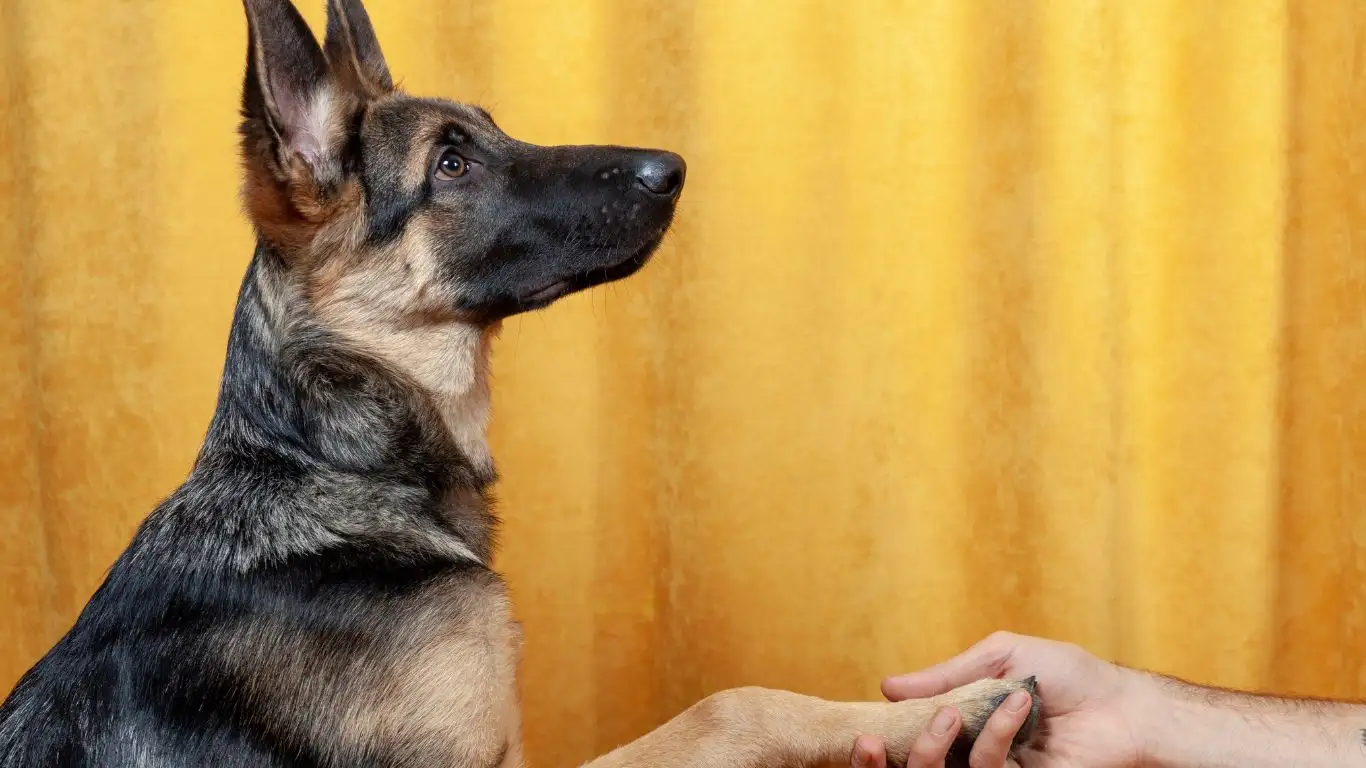
Utilizing the Toy Recognition Skill in Everyday Life
Once your dog has mastered recognizing their toys and cleaning them up, you might be wondering how you can use these new skills in real life. Well, the beauty of training a dog to recognize their own toys is that it extends far beyond just playtime. These skills can be incorporated into a variety of everyday activities and even therapeutic settings, which is something I’ve personally seen benefit many of my clients.
Using Toy Recognition for Calmness and Focus
When I work with therapy dogs, one of the first things I teach is how to help a dog focus. A calm dog is a focused dog, and toys can play a huge role in that. If your dog tends to get overly excited or anxious, teaching them to recognize and engage with their own toys can provide an outlet for their energy. It helps them understand that there’s a specific time and place for play, and it can offer them a sense of control over their environment.
For instance, if your dog is feeling restless, you can ask them to “fetch their toy,” and this simple task can help redirect their energy in a positive way. It’s a form of mental exercise that also helps keep their behavior in check. This is especially useful in situations like visiting public spaces or being around people in a therapy setting, where you want your dog to remain calm and focused.
Using Toys in Therapy and Emotional Support Roles
In therapy settings, I often encourage using a dog’s toys as part of their work. For instance, when a therapy dog needs to offer comfort or help during a session, having their own toy nearby can be a grounding mechanism. This can help the dog stay relaxed and focused, and it can also serve as an icebreaker for clients who may feel more at ease if the dog has a familiar item to interact with.
As dogs begin to associate their toys with relaxation and play, they can use this knowledge to support their human partners emotionally. In my experience, dogs that recognize their toys are more responsive and connected during therapy sessions, which can create a calmer environment overall. Whether it’s a visit to a hospital, a nursing home, or even a home-based therapy session, toys can provide a comforting and stable role for the dog in these scenarios.
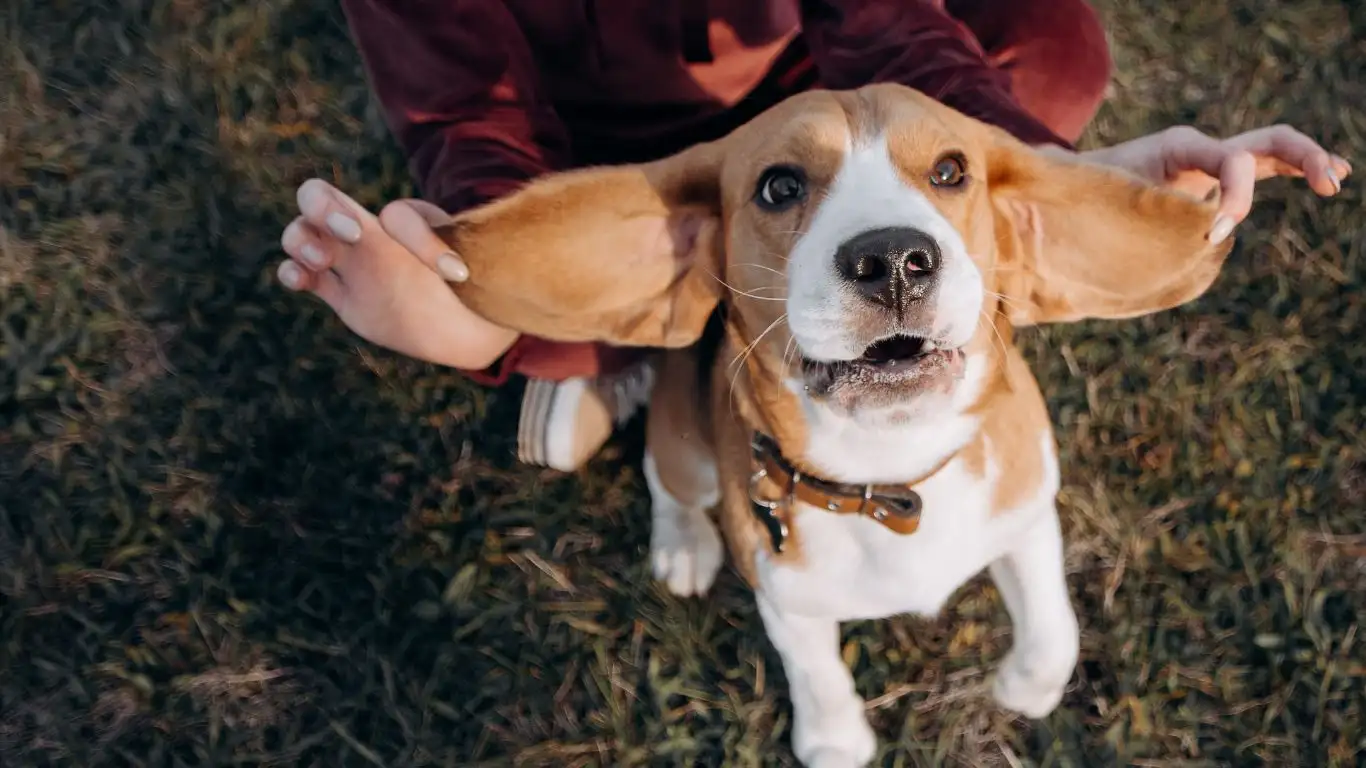
Maintaining and Reinforcing Toy Recognition Skills
By now, your dog should be well on their way to recognizing their toys, fetching them on command, and even cleaning them up afterward. But just like any skill, these abilities require ongoing reinforcement. Think of it as building muscle memory – the more your dog practices, the stronger their recognition skills will become. As someone who’s worked with therapy dogs for years, I can tell you that consistency is crucial when it comes to maintaining learned behaviors, especially when it involves mental tasks like toy recognition.
Keep the Sessions Fun and Engaging
The most important thing to remember when reinforcing toy recognition skills is to keep it fun. Dogs love routines, but they also need variety to stay engaged. If you continuously make the training feel like a game, your dog will enjoy it, and the skills will stick longer. Rotate the types of toys, use different commands, and occasionally introduce new challenges to keep your dog mentally stimulated.
For example, after your dog has mastered the basics, you can start mixing up the commands. Instead of just asking for “fetch,” try variations like “bring it to me” or “where’s your ball?” These subtle changes in command can help keep the experience exciting for your dog. At the same time, it will help them learn how to respond flexibly, improving their overall understanding of their toys and commands.
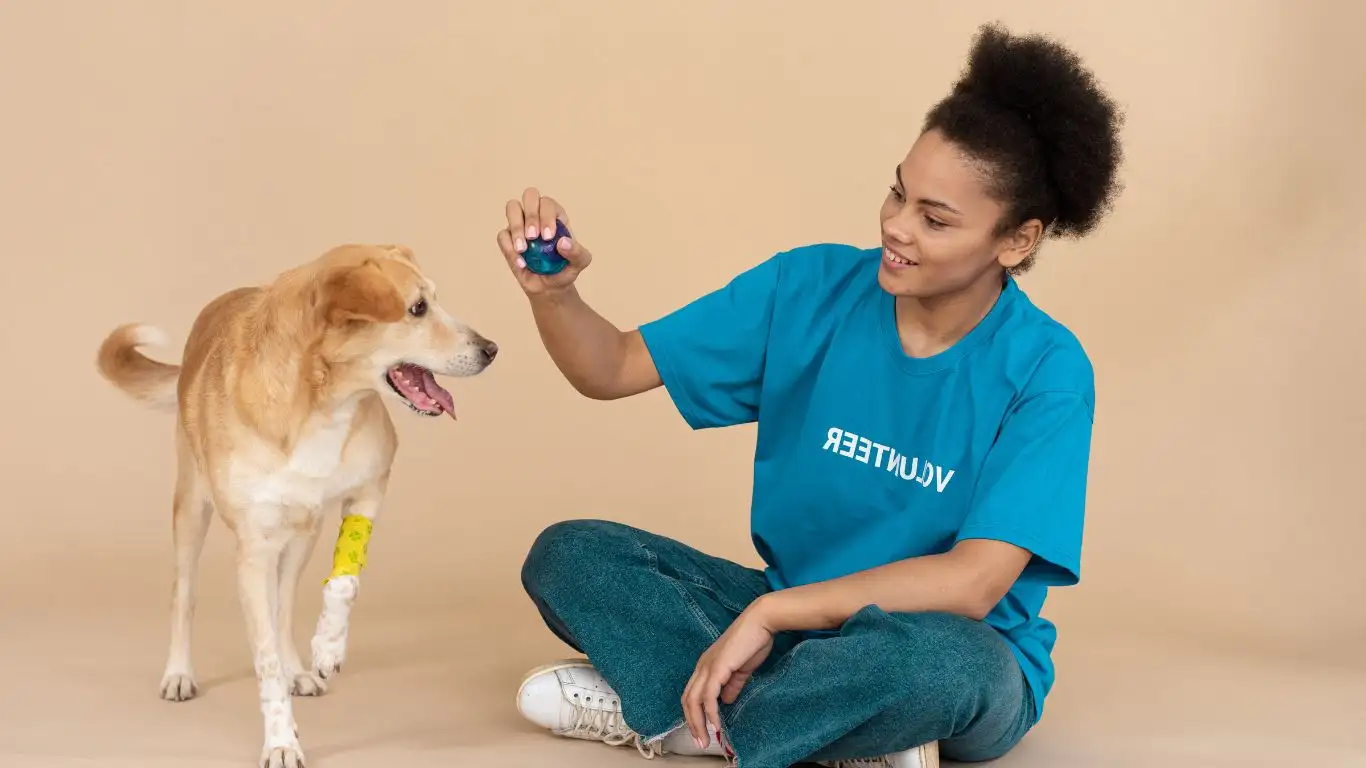
Troubleshooting Common Challenges in Toy Recognition Training
Even the best trainers face challenges, and the same goes for dog owners. You may encounter a few bumps in the road while teaching your dog to recognize their toys. The key is not to get discouraged – every dog learns at their own pace, and sometimes, a little tweak in your approach can make all the difference. Let’s go over some common obstacles you might face and how to overcome them.
1. Your Dog Keeps Confusing Their Toy with Others
If your dog still struggles to differentiate between their toys and others, don’t worry – it happens! The most common reason this occurs is simply that the dog hasn’t had enough practice yet. In this case, it’s essential to slow down and focus on just one toy for a while longer. Make sure you’re always rewarding the correct behavior and not rushing through the process.
If your dog is still confused, try using a high-value treat to entice them. When they choose the correct toy, offer them a reward that they really love. This creates a stronger association with the behavior, encouraging them to make the right choice next time.
2. Your Dog Gets Distracted Too Easily
Sometimes, dogs become distracted by external stimuli, like other pets, people, or sounds in the environment. This can make it harder for them to focus on the task at hand. If this happens, it’s a good idea to practice in a quieter, less stimulating environment at first. You can gradually add in distractions, but always start with a controlled space where your dog can stay focused.
Also, consider using the “focus” command to help your dog concentrate. This can be a simple way to direct their attention back to you, so they stay engaged with the training.
3. Your Dog Loses Interest in the Training
If you notice your dog losing interest or becoming bored, it might be time to switch up your training sessions. Dogs, like people, can get fatigued, so keeping the sessions short and sweet is important. Aim for several brief sessions throughout the day rather than one long one. This will keep your dog’s energy high and ensure that they’re staying engaged throughout the training.
Real-Life Applications of Toy Recognition: From Playtime to Therapy
As a Canine-Assisted Therapy Trainer, I’ve seen countless examples of how toy recognition can be incredibly beneficial in therapy and emotional support contexts. By this stage in the training process, your dog not only recognizes their toys at home but can also use this skill in real-life situations, whether in a therapeutic setting or as part of your everyday routine.
Using Toy Recognition in Therapy Dog Training
In therapy dog work, toy recognition skills are vital because they help create a calming and structured environment. Imagine working with a therapy dog in a hospital, where the dog is asked to provide comfort to patients. If the dog is distracted or unable to recognize their own toys, it can disrupt the flow of the session. However, when a dog is trained to focus on their specific toys, it becomes a soothing mechanism, allowing them to stay calm while they work.
Additionally, knowing which toys are theirs helps therapy dogs understand boundaries. For instance, if a dog is in a setting with multiple toys and needs to bring comfort to someone, the dog can easily select their own toy and bring it over. This not only gives the dog a sense of control but also helps them connect with the therapy session in a positive way.
Building Emotional Support Skills with Toy Recognition
Aside from therapy settings, toy recognition plays a key role in emotional support work. Many emotional support dogs are trained to perform specific tasks when their handler is feeling overwhelmed or anxious. By knowing which toys are theirs, the dog can offer comfort in the form of play. For example, when an emotional support dog notices their handler is struggling, they might bring over a familiar toy to encourage play or a calming interaction. This simple act can provide a sense of grounding and comfort for the person in need.
References
For more information on dog training and therapy dog certification, check out the following resources:
Disclaimer
The information provided in this article is based on my personal experience as a Canine-Assisted Therapy Trainer and my understanding of dog training. Please note that every dog is unique, and what works for one dog may not work for another. Always consult with a professional trainer or veterinarian if you have specific concerns about your dog’s behavior or health. Additionally, ensure that you create a safe environment for your dog during training and provide ample breaks to avoid overworking them. Proper supervision is recommended during all training activities.
